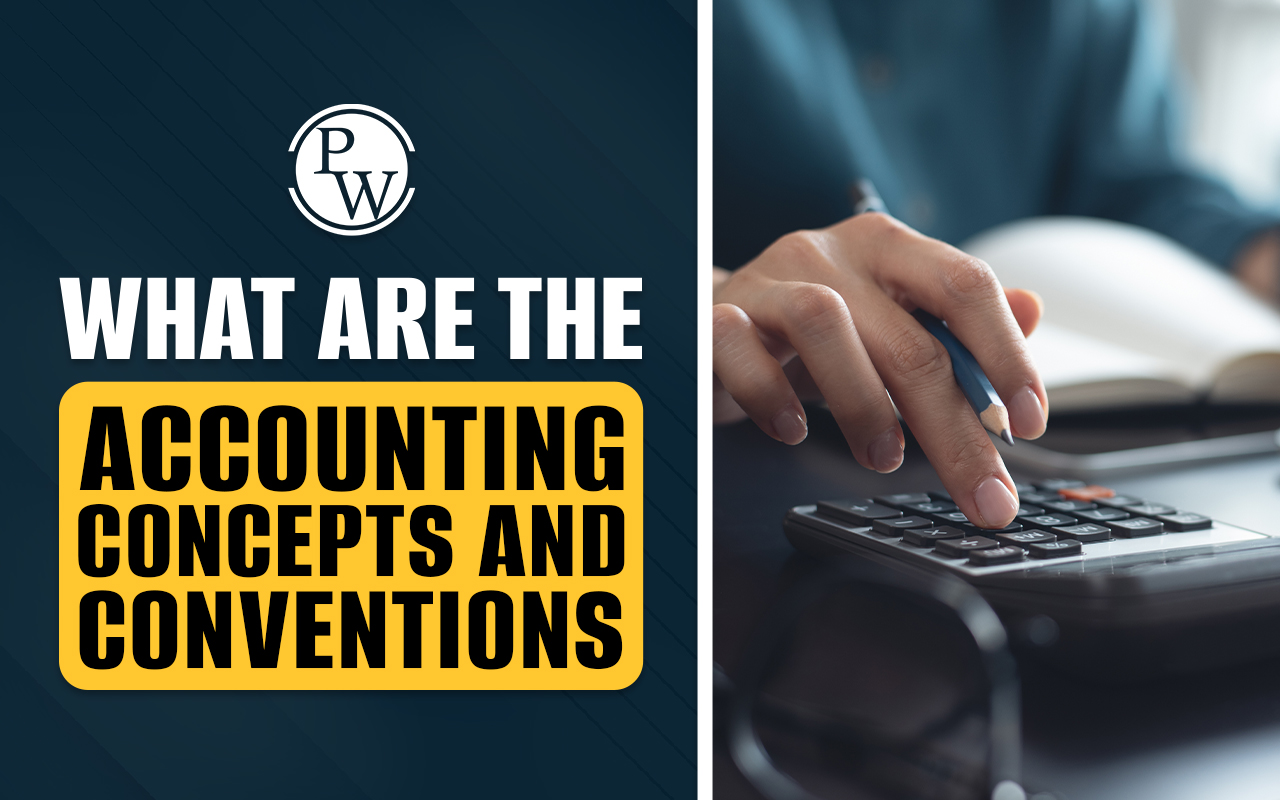

Insurance and Risk Management: In an uncertain world, insurance and risk management play a crucial role in providing financial security and stability. Whether for individuals or businesses, understanding how insurance works and applying risk management principles can help mitigate losses and ensure a safer financial future. This article delves into the fundamentals of insurance, the principles of risk management, and how they function together to safeguard against unforeseen risks.
What is Insurance and Risk Management?
Insurance is a financial arrangement that provides protection against potential losses in exchange for a premium. It acts as a safety net, allowing policyholders to recover from unexpected events such as accidents, illnesses, natural disasters, or business interruptions. The primary objective of insurance is to transfer risk from an individual or business to an insurance provider in exchange for regular premium payments.
Key Principles of Insurance
Insurance operates on the principle of risk distribution among a group of people, making cooperation a fundamental aspect. To ensure a smooth insurance contract, both the insurer and the insured must follow these seven key principles:1. Principle of Utmost Good Faith
In the spirit of honesty, both parties in an insurance contract must transparently share information about terms and conditions. Failure to do so may result in the insurer not being liable for certain situations. For example: If someone conceals information, like pre-existing health conditions, when obtaining health insurance, the insurer may not cover related medical expenses.2. Principle of Proximate Cause
In instances where a loss results from multiple causes, the Principle of Proximate Cause comes into play within the realm of insurance. This principle meticulously discerns the nearest cause among the contributing factors, ensuring that the insurance claim aligns with the primary factor accountable for the incurred loss, thus determining the claim's validity and applicability. For example: If a car accident damages a vehicle, and later, during towing, it sustains additional harm due to mishandling, the proximate cause (the initial accident) determines the claim.3. Principle of Insurable Interest
This principle asserts that the insured must have a financial interest in the subject matter. This means they gain financially from it and would suffer a loss if it's damaged. For example: A small business owner has an insurable interest in their equipment, as damage to it would directly impact their income. To claim insurance, the insured must own the subject matter both at the time of entering the contract and during the accident.4. Principle of Indemnity:
The principle of indemnity ensures that insurance covers only the actual loss, not for profit. The insured should be compensated for the exact amount of the loss. For example: If a company insures its inventory and a portion is damaged, the insurer reimburses the precise value of the damaged goods, facilitating their replacement or repair.5. Principle of Subrogation:
Subrogation gives the insurance company the right to claim from a third party responsible for the loss after compensating the insured. For example: If a business property is damaged due to a faulty product supplied by another company, the insurer can compensate the business owner and then seek reimbursement from the manufacturer.6. Principle of Contribution:
This principle applies when the insured has multiple insurance policies for the same subject. It asserts that the insured cannot profit by claiming the loss from different policies or companies. For example: If a homeowner has both earthquake and regular property insurance, and the house is damaged in an earthquake, they cannot claim the full amount from both policies; instead, each policy contributes proportionally.7. Principle of Loss Minimization:
This principle obligates the owner to take necessary steps to minimize losses to the insured property. Owners cannot be negligent just because the subject matter is insured. For example: If a business faces a security threat, the insured should implement preventive measures rather than solely relying on insurance compensation after an incident.Types of Insurance
Insurance falls into two main categories: Life Insurance and General Insurance. Let's understand each insurance in detail.Life Insurance:
Life insurance serves as a financial safeguard, ensuring the well-being of family members in the event of the policyholder's demise. Payments, either as a lump sum or periodic premiums, are made to the insurer. In return, the insurer commits to providing a predetermined amount to the family upon the insured's death, disability, or at the policy's maturity. This category encompasses various types:- Term Insurance: Provides coverage for a specific time frame.
- Whole Life Insurance: Ensures coverage for the entire lifetime of the insured.
- Endowment Policy: Blends a death benefit with an investment component.
- Money Back Policy: Returns a percentage of the sum assured at intervals.
- Pension Plans: Integrates insurance with retirement savings.
- Child Plans: Facilitate financial support for a child's future.
- ULIPS (Unit Linked Insurance Plans): Merge endowment plans with mutual fund investments.
General Insurance:
General insurance, excluding life coverage, offers financial protection against losses other than death. It spans diverse categories to address various aspects of risk:- Health Insurance: Provides coverage for medical expenses.
- Fire Insurance: Safeguards against damages caused by fire.
- Travel Insurance: Provides compensation for non-medical or medical emergencies during travel.
- Motor Insurance: Ensures financial protection for vehicles, encompassing accidents, theft, or natural calamities.
- Home Insurance: Compensates for damages to homes resulting from natural disasters, man-made threats, or unforeseen circumstances.
Also Read: Types of Insurance – Meaning, and FAQs
Advantages of Insurance
Insurance offers numerous benefits to both individuals and organizations, contributing to financial security and stability in various ways:Loss Payment: The most apparent benefit is the coverage of losses. Insurance steps in to financially compensate individuals or organizations when unexpected events lead to damages or losses.
Cash Flow Management: Insurance helps manage uncertainty in cash flow during times when the capacity to pay for losses is significantly reduced. This ensures that financial disruptions are minimized.
Legal Compliance: Insurance not only meets contractual and statutory requirements but also serves as evidence of financial resources. This compliance is crucial for legal obligations.
Promoting Risk Control: By encouraging the implementation of loss control programs, insurance acts as a catalyst for risk management activities. Policy requirements incentivise individuals and organizations to take measures to mitigate potential losses.
Efficient Resource Use: Insurance becomes a source of investment funds. Premiums collected by insurers are invested in various vehicles, optimizing the efficient use of the insured's resources.
Credit Support: Insurance acts as a support for credit. It facilitates loans to individuals and organizations by assuring lenders that, in the event of collateral destruction due to an insured event, payment will be guaranteed. This reduces the uncertainty of loan default for the borrowing party.
Reduced Social Burden: Insurance lessens the burden on society by reducing the number of uncompensated accident victims. It also minimizes the overall uncertainty within society, contributing to a more stable and secure environment.
Business Continuity: Insurance supports business continuity by providing a safety net during challenging times. In the face of unexpected events, such as natural disasters or accidents, insurance helps businesses recover more swiftly, ensuring continuity in operations and minimizing disruptions.
Encourages Entrepreneurship: Insurance fosters entrepreneurship by mitigating the fear of financial loss associated with starting a new venture. Entrepreneurs are more likely to take calculated risks and innovate, knowing that insurance provides a protective shield against unforeseen challenges.
Peace of Mind: One of the intangible yet significant benefits of insurance is the peace of mind it offers. Knowing that there is financial protection in place provides individuals and organizations with a sense of security, reducing stress and allowing them to focus on their goals and objectives without constant worry about potential financial setbacks.
However, insurance goes beyond merely compensating for losses; it plays a crucial role in financial planning, risk mitigation, and societal stability.Understanding Risk Management
Risk management is the process of identifying, assessing, and mitigating risks that could lead to financial or operational losses. Businesses and individuals use risk management strategies to minimize uncertainty and ensure sustainability.
Steps in Risk Management
Risk Identification: Recognizing potential risks that could impact financial stability or business operations.
Risk Assessment: Evaluating the likelihood and impact of identified risks.
Risk Control Measures: Implementing strategies to reduce or eliminate risks, such as safety protocols or preventive maintenance.
Risk Financing: Using insurance or self-insurance methods to handle financial losses.
Risk Monitoring and Review: Continuously assessing risks and updating strategies as needed.
Importance of Integrating Insurance with Risk Management
While risk management aims to minimize potential risks, insurance provides financial backup when unavoidable risks occur. Together, they form a comprehensive approach to protecting assets, reducing liabilities, and ensuring financial stability. Businesses, in particular, benefit from integrating insurance into their risk management strategy, ensuring resilience against unexpected events.
10 Risk Management Strategies
Risk management involves handling uncertainties to safeguard against potential losses. Here are ten practical strategies, often intertwined with insurance, to manage risks effectively:Identification of Risks: Begin by identifying potential risks specific to your situation. This could include financial risks, operational challenges, or external factors that may impact your goals.
Diversification: Spread your resources or investments across various areas. Diversification reduces the impact of a single risk on your overall situation. Just like having different types of insurance coverage can mitigate various potential losses.
Insurance Coverage: Invest in suitable insurance policies. Insurance serves as a financial safety net, helping you recover from losses due to unforeseen events. It's a key component of risk management, providing financial support when you need it the most.
Emergency Planning: Develop contingency plans for unforeseen events. Having a well-thought-out emergency plan ensures that you can respond promptly and effectively when unexpected situations arise, minimizing potential damage.
Regular Review and Updates: Periodically review your risk management strategies. As circumstances change, your risk landscape evolves. Regular assessments help you adjust your strategies and ensure they align with your current situation and goals.
Financial Reserves: Maintain financial reserves for unexpected expenses. Having a financial cushion can help you navigate challenges without severely impacting your overall financial stability.
Risk Avoidance: In some cases, it might be wise to avoid certain high-risk activities or investments altogether. This strategy involves steering clear of actions that could lead to substantial losses.
Contractual Protections: When engaging in agreements or contracts, consider including provisions that protect you from specific risks. This could involve indemnification clauses or other contractual safeguards.
Employee Training and Safety: Ensure that your team is well-trained in safety protocols. Creating a culture of safety in the workplace reduces the likelihood of accidents and associated risks.
Regular Monitoring: Continuously monitor your risks and the effectiveness of your risk management strategies. Regular assessments help you stay proactive and adjust your approach as needed.
Remember, effective risk management is about understanding potential threats, taking steps to mitigate them, and having a plan in place for when unexpected events occur. It's a dynamic process that evolves with your circumstances and ensures a resilient and secure path forward.Also Read: Business Risk – Meaning, Types and Causes
Furthermore, the principles of insurance and risk management form a crucial framework for financial stability. These principles, from utmost good faith to loss minimization, guide fair agreements and effective risk mitigation. Understanding the types of insurance, be it life insurance for financial security or general insurance for diverse protections, underscores the significance of proactive planning in navigating uncertainties. The key takeaway is the importance of embracing insurance as a strategic tool for managing risks.| Commerce Related Topics | |
| Capital Reserve | Statutory Audit |
| Deficit Financing | Indifference Curve |
| Discharge of Contract | Reverse Repo Rate |
| Suit for Damages | Functions of Marketing |
Insurance and Risk Management FAQs
What are the 7 principles of insurance?
What are the types of risk management in the insurance business?
What are the 7 main types of insurance?
What is meant by insurance, its principles, and its types?
What are the 4 types of risk management strategies?










